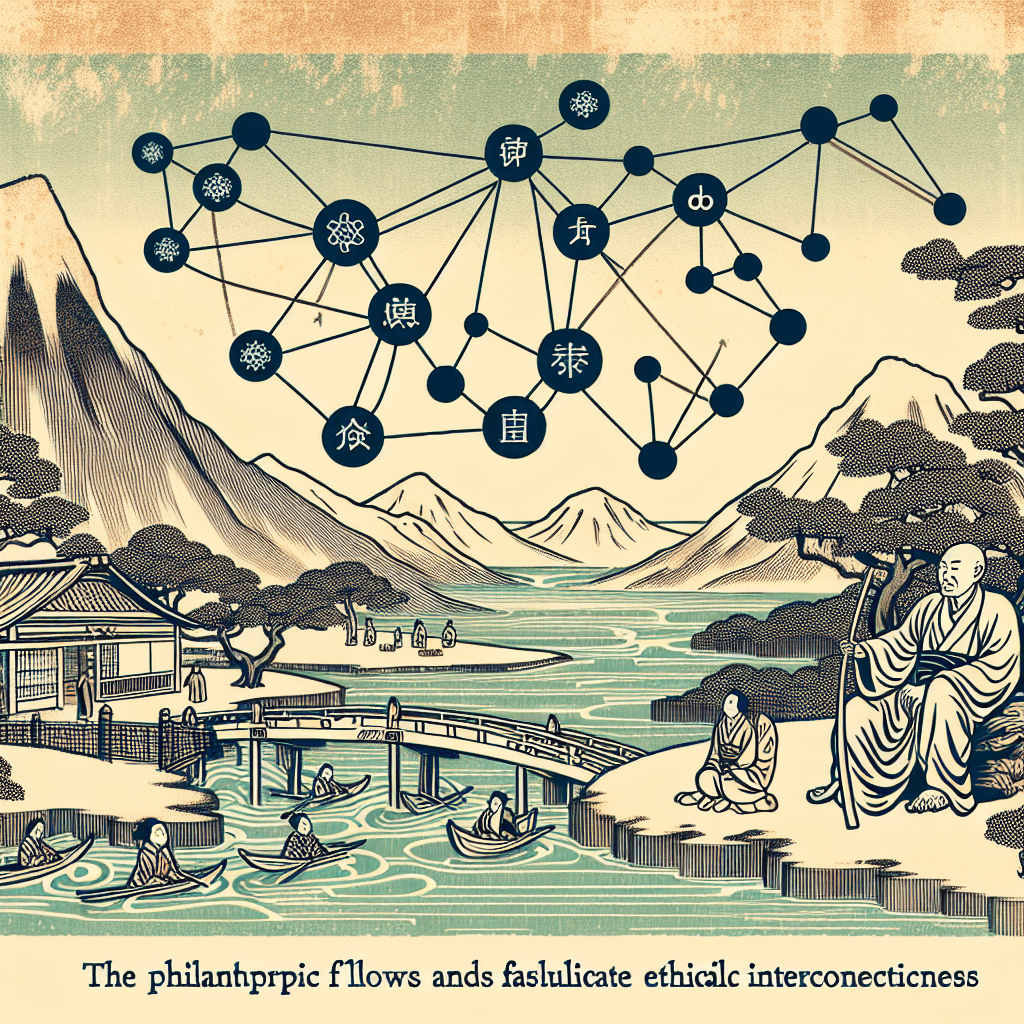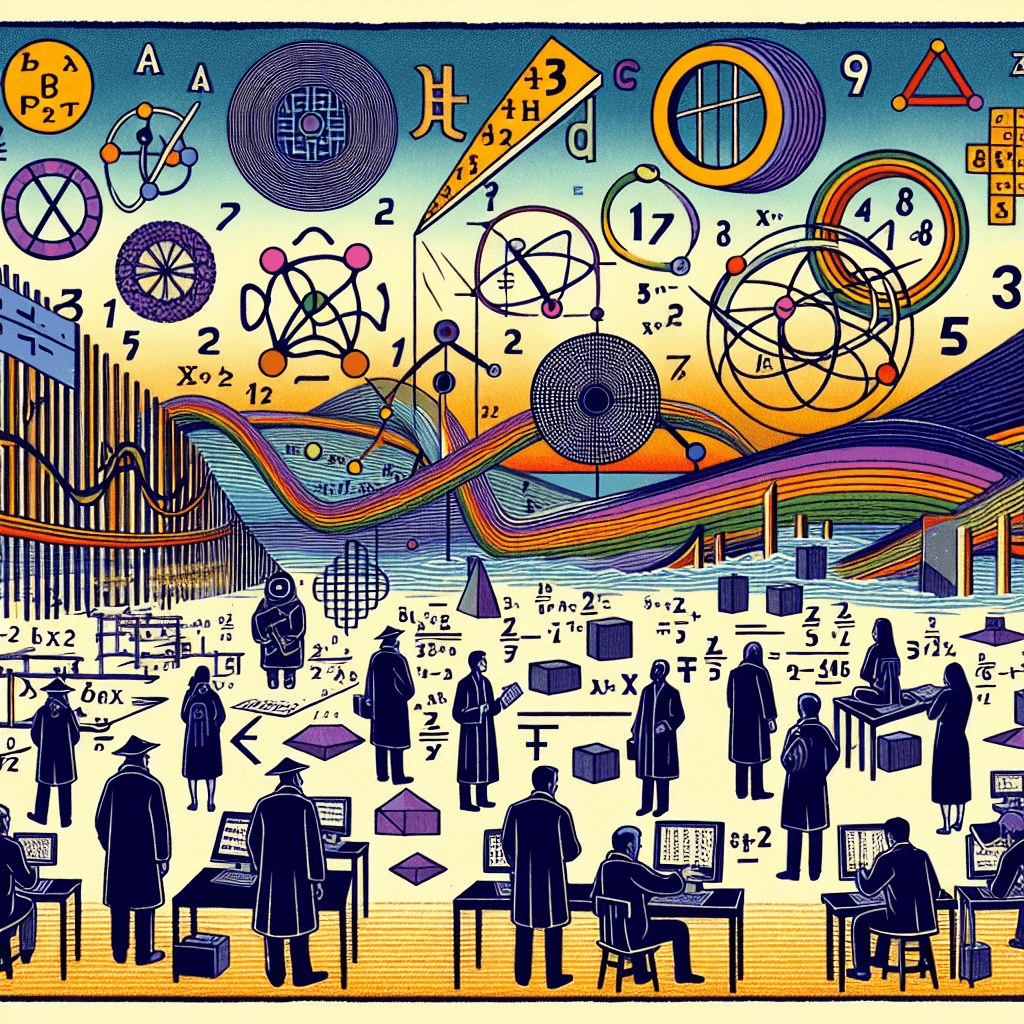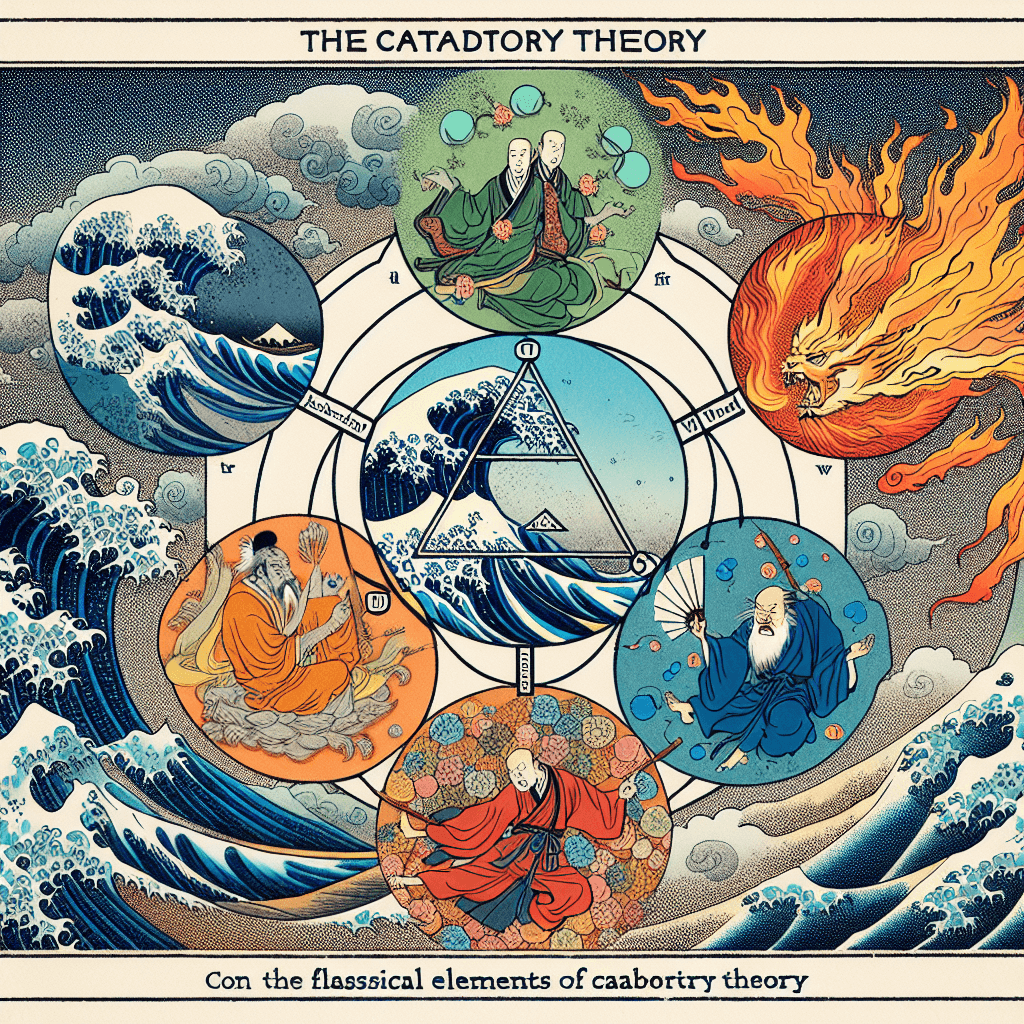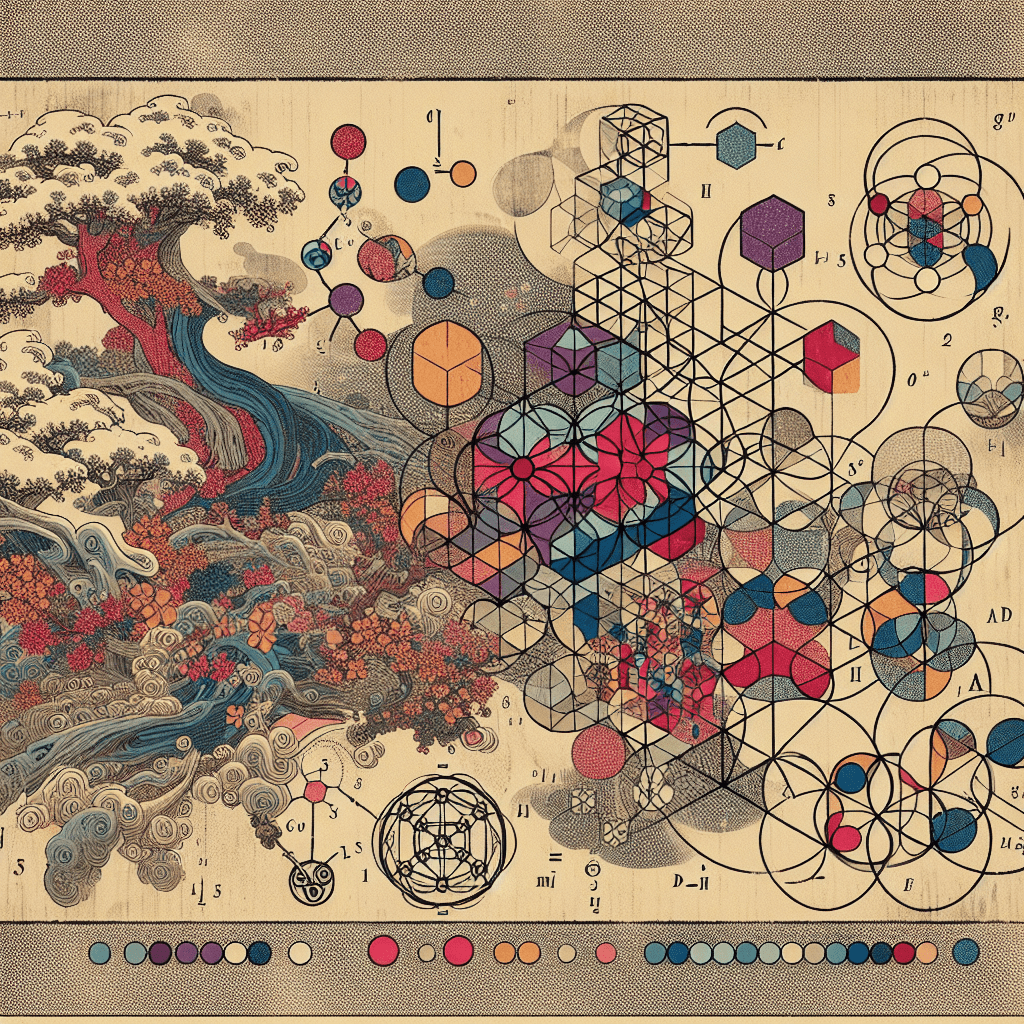The Future of Liberal Democracy: Navigating Challenges and Embracing Opportunities
syndu | Feb. 12, 2025, 4:57 a.m.
 (2025-02-12)
(2025-02-12) Planner’s Content Plan: “Understanding Queer Theory and Its Relevance Today”
This content plan details key ideas from our ongoing exploration of Queer Theory. Each section is ready for integration as an ActionItem in the planner, guiding the research, discussion, or further actions related to evolving Queer Theory ideas.
1) Introduction
- Objective: Provide an overview of Queer Theory’s emergence and evolving relevance.
- Key Points:
- Queer Theory emerged from feminist, LGBTQ+, and critical theories but questions normativity across sectors.
- The term “queer” was reclaimed as an inclusive umbrella challenging fixed categories.
- Queer Theory confronts taken-for-granted power structures, decentering what’s seen as “natural” or “normal.”
- Potential Action Steps:
- Define key terms (e.g., “queer,” “normativity,” “identity construction”).
- Identify examples where Queer Theory has influenced public discourse, legislation or cultural production.
2) Core Thinkers and Their Impact
- Objective: Highlight foundational thinkers influencing Queer Theory’s development
- Key Points:
- Michel Foucault’s analysis of power and sexuality profoundly shaped Queer Theory.
- Judith Butler’s gender performativity argument reveals identities as social performances, not fixed traits.
- Eve Kosofsky Sedgwick’s critiques of binary identities helped establish Queer Theory’s academic niche.
- Potential Action Steps:
- Compile readings from key thinkers on identity, normativity, and performativity.
- Summarize how ideas like gender performativity challenge conventional gender stereotypes.
3) Concepts—Subversion and Intersectionality
- Objective: Explore fundamental concepts like identity fluidity, intersectional approaches and subversion.
- Key Points:
- Identity Fluidity: Queer modalities context-fluidity rather than rigid labeling; invites diverse self-definitions.
- Intersectionality: Acknowledges multiple oppression systems, extending beyond sexuality to include race, class, ability.
- Subversion & Failure: Emphasizes otherness, radical refusal of hegemonic “success measures,” and creative resistance.
- Potential Action Steps:
- Facilitate group conversations around identity fluidity and intersectionality in different life areas (schools, workplaces).
- Research case studies of subversion in popular media or activism, noting how these have reshaped narratives on gender/sexuality.
4) Relevance in the Digital Age
- Objective: Demonstrate Queer Theory’s importance in analyzing digital identity, representation, and activism.
- Key Points:
- Explores online identity blending—how multi-layered presentations subvert binary restrictions placed by social norms.
- Considers how digital media can either reinforce stereotypes or offer richer story arcs around gender/sexuality.
- Assesses how Queer Theory guides policy/legislation progress toward LGBTQ+ equality, its continued advocacy roles, and resistance to “post-identity” notions.
- Potential Action Steps:
- Review examples of media that critique stereotyping while proposing new narratives.
- List cases of legislation change inspired by queer advocacy (e.g., marriage equality, anti-trans discrimination laws).
Conclusion
- Objective: Recap Queer Theory’s transformative potential across varied sectors.
- Key Points:
- Offers tools to critique and reshape cultural norms more inclusively
- Encourages ongoing questioning beyond stable conclusions, fostering curiosity and innovation in confronting injustice.
- Potential Action Steps:
- Consider educational settings for integrating Queer Theory into broader, interdisciplinary conversations.
- Identify real-world applications advocating for social justice through a queer lens.
Further Recommendations
Use this content series as a foundation to create engaging presentations, expand into podcasts, coordinate focus groups, or conduct workshops. By embedding Queer Theory into multiple facets of life, the conversation can transcend academic roots and translate into genuine shifts in perception and practice—both individually and across societal systems.
Looking forward to transformative discussions!







